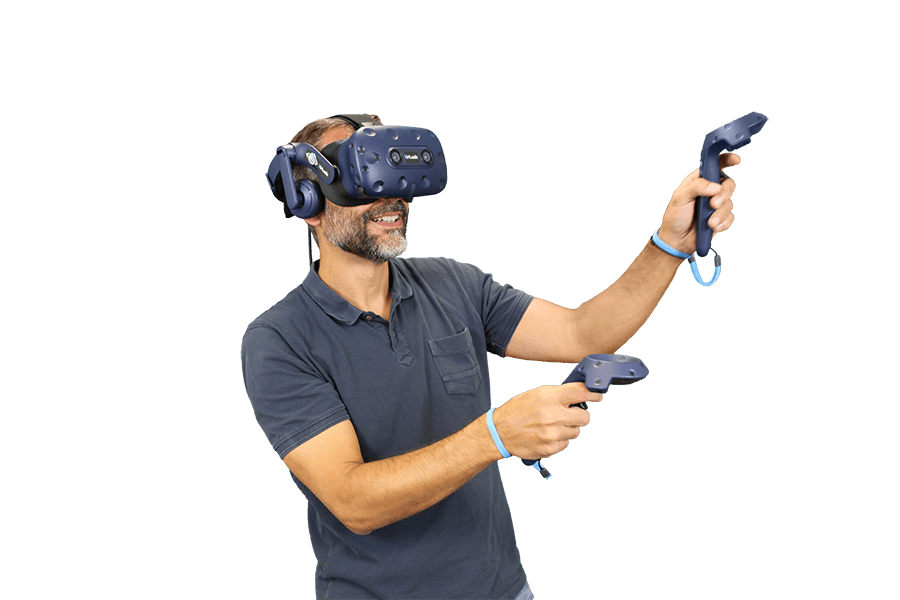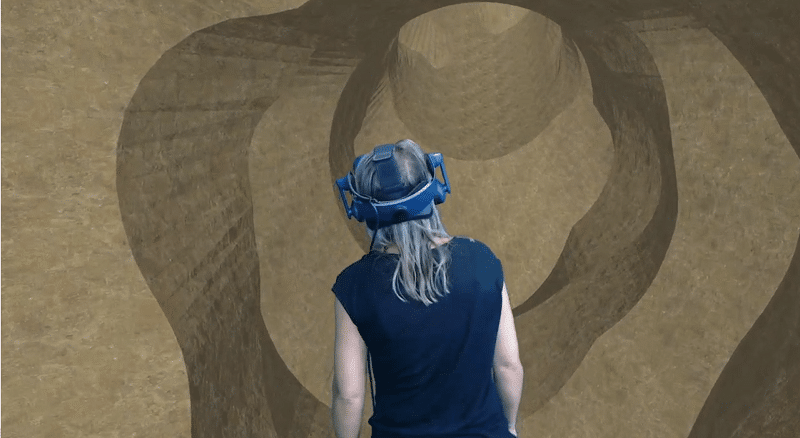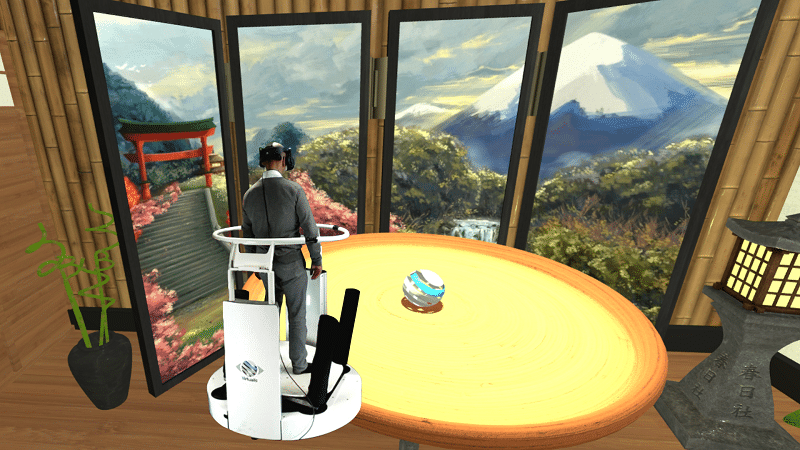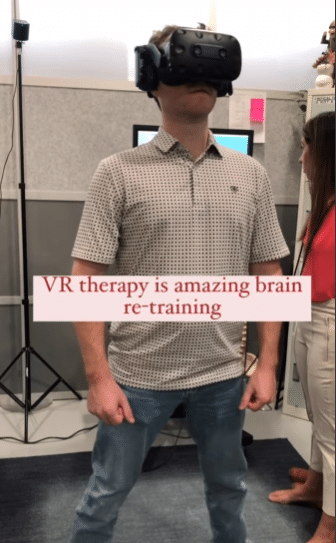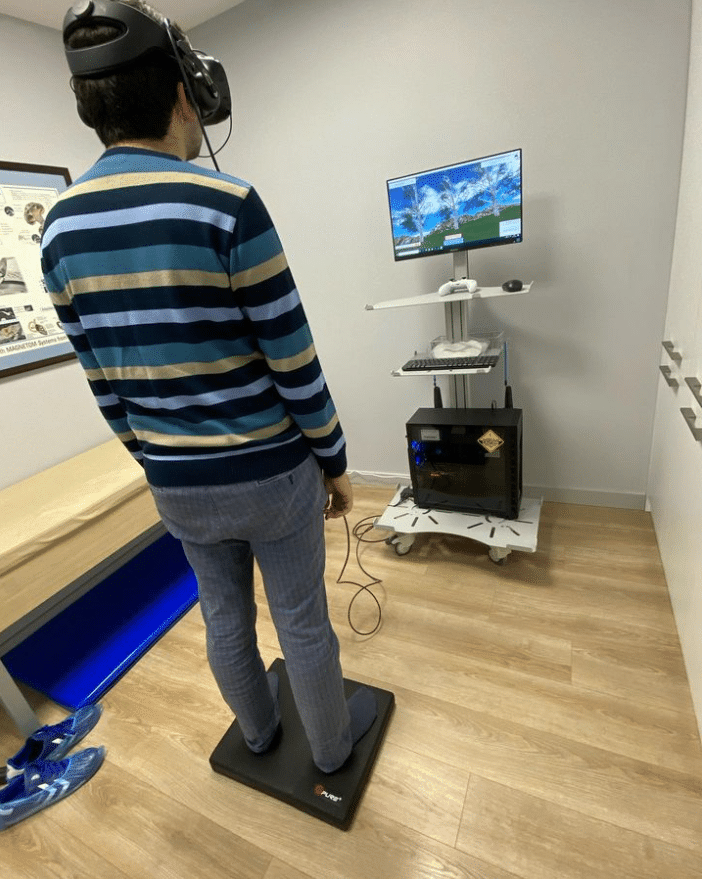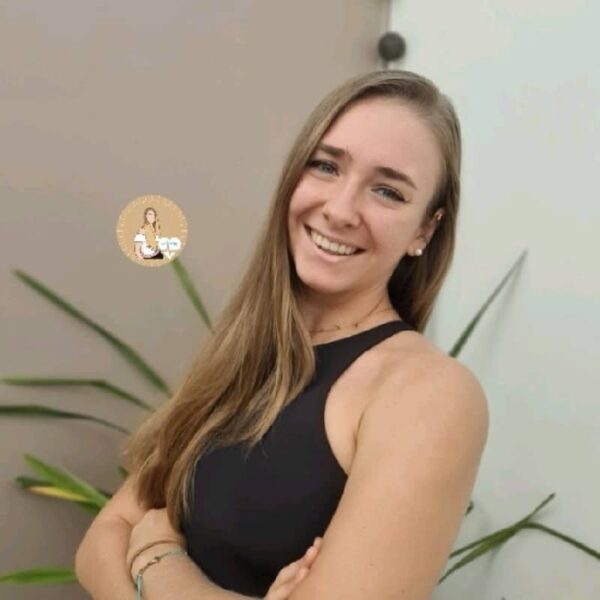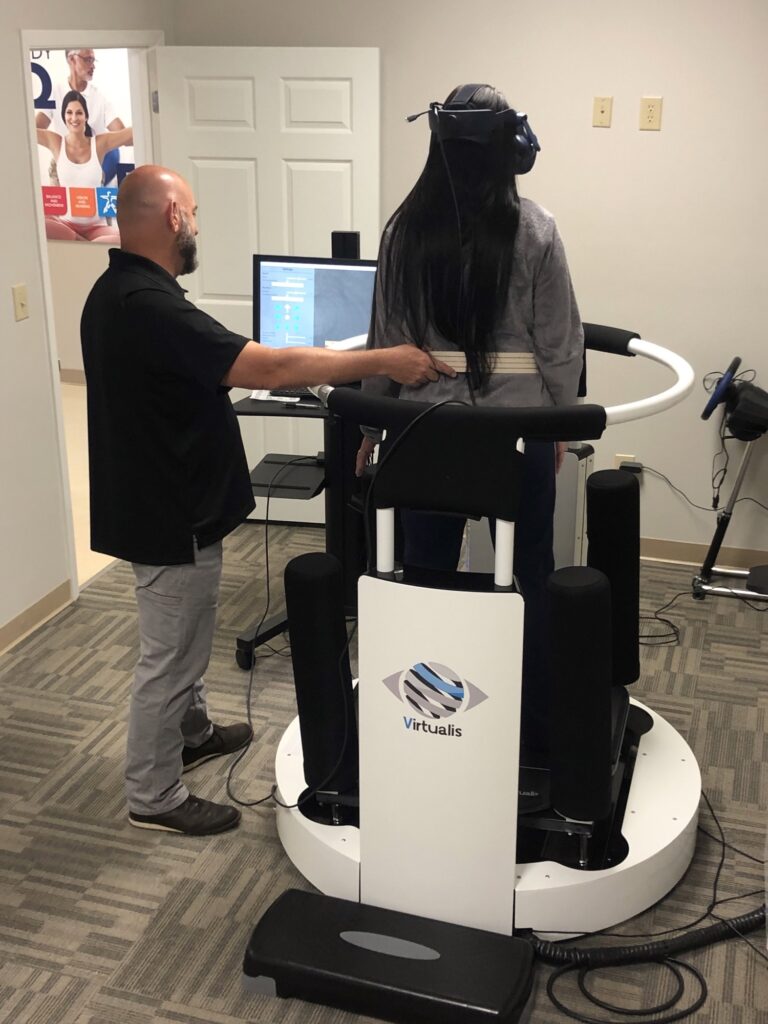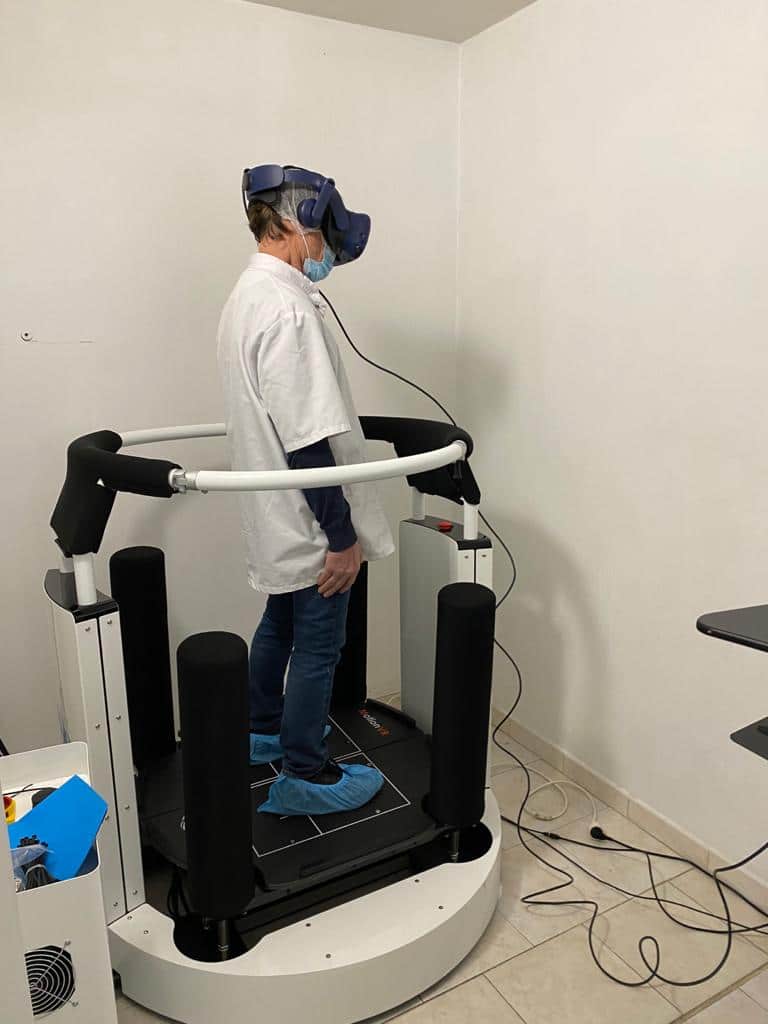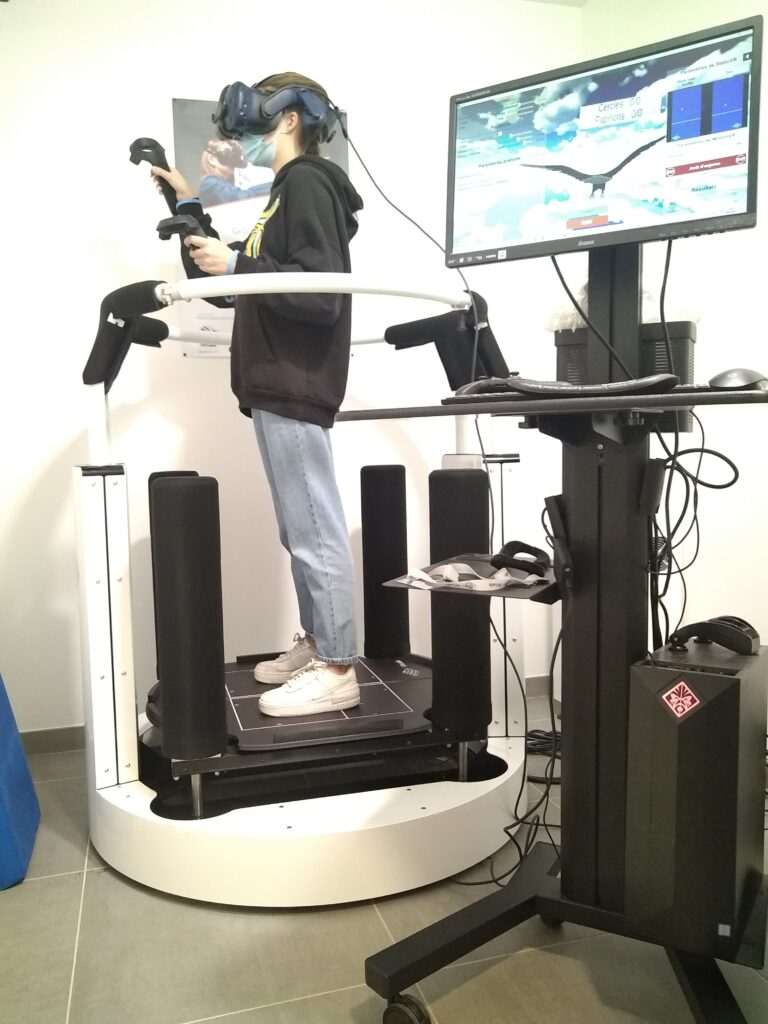It is thanks to the support of the South PACA region and the European funds (FEADER) that the Athena centre was able to submit a LEADER subsidy file allowing it to invest in equipment and furniture to launch the project of a multi-professional practice in Laragne-Montéglin.
During the search for rehabilitation equipment, the desire was to find the latest, but especially innovative equipment. During different congresses, I had the opportunity to see and try the equipment proposed by Virtualis.
At first, I discovered virtual reality and very quickly I became interested in their platform in development. I followed from afar, the evolution of their software, virtual reality hardware and especially this platform that questioned me compared to what already existed.
After several months of research and especially contacts with the Virtualis team, my choice was quickly made. I would work with them and above all, I would acquire the "MotionVR".
In theory, its capabilities would completely change my way of working and I hoped that it would bring me a plus in my care.
Well, the "MotionVR" has arrived and is operational. It is a joy! Both in its use and in its capabilities. Assessments, rehabilitation, everything is there! An incredible precision.
I can't yet exploit its full potential. But the results are already there!
I use Virtualis' virtual reality tools for patients with balance disorders, for fall prevention. With the "MotionVR" platform, I now do posturology and I can quantify the support surfaces before and after postural reprogramming.
My patients are delighted, feel the evolution and even ask to work on it.
It is adaptable for everyone, children, adults, elderly people, patients with neurological disorders, ...
And the best part is the Virtualis team, always available, weekly updates, listening to our questions and proposals, always there to help us and to make the equipment evolve. The best!
So a big thank you for what you will bring to my patients, to my practice and to all those who will have the opportunity to use it.



